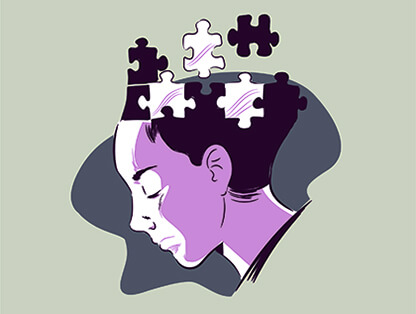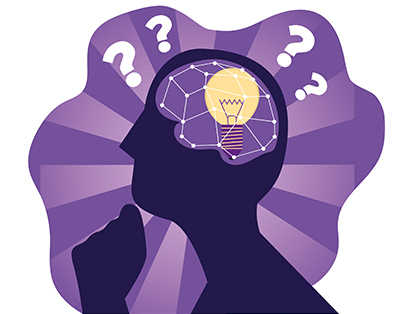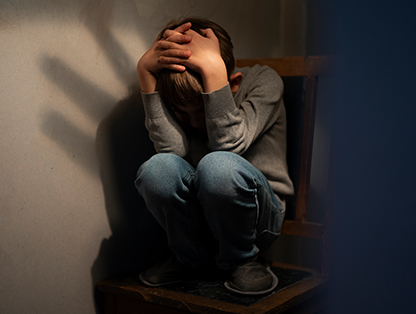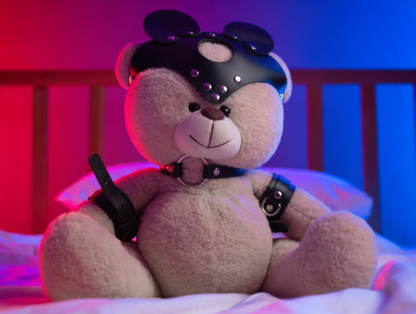Family or friends pressure me for my behavior and style of clothing to match my gender assigned at birth.
I feel unhappy and I cry a lot.
I find it harder to control my emotions than I did before.
I feel isolated from other people.
I am being bullied because of my gender.
I am often ashamed of my desires.
I am annoyed by the sight of my genitals.
My sex life is a complete disappointment.
My future will not be happy.
I suffer from insomnia or nightmares.















